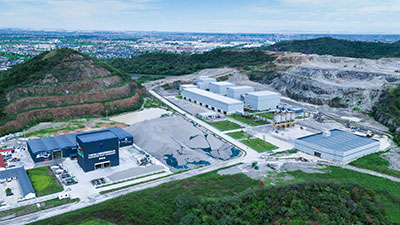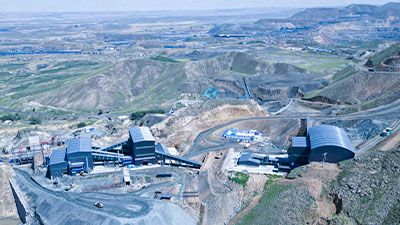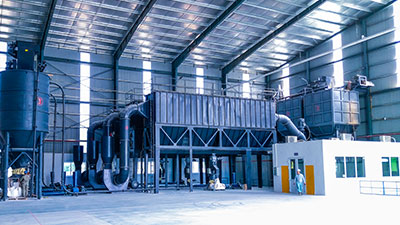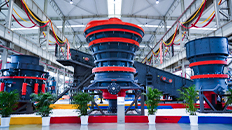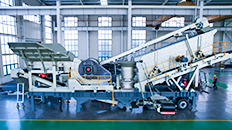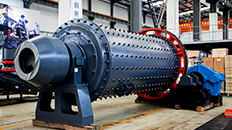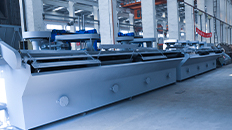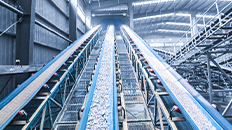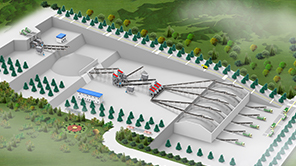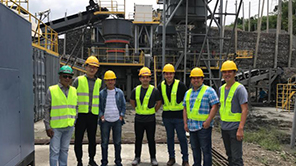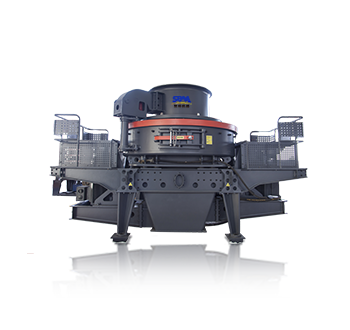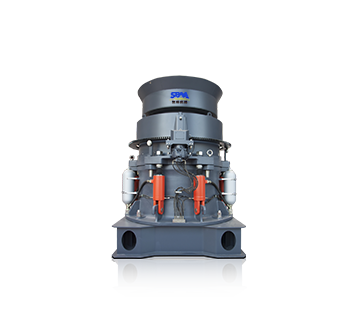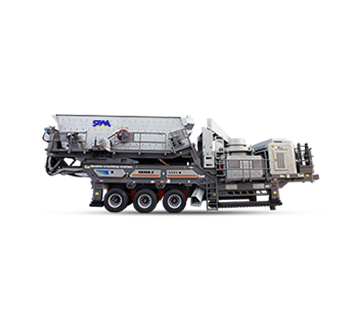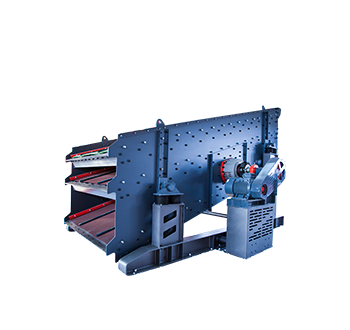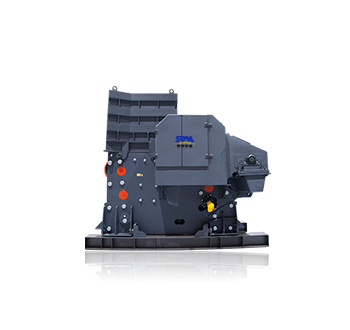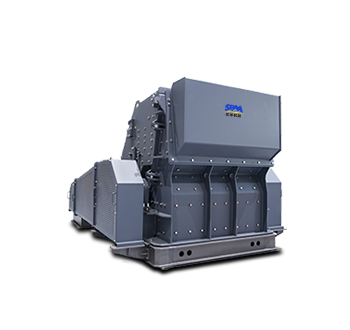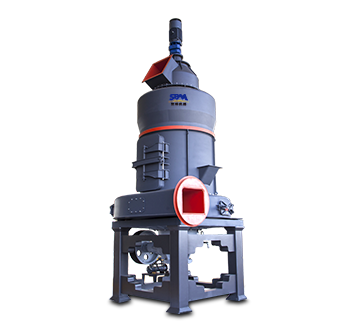Summary:Effectively controlling the grinding fineness of the ball mill is an important factor to directly reduce costs and improve economic benefits. Understanding the factors that affect the grinding fineness of a ball mill is a necessary prerequisite for controlling the grinding fineness.
Ball mill is the key equipment for material grinding after being crushed. It is widely used for the dry or wet grinding of all kinds of ores and other grindable materials in cement, silicate products, new building materials, refractory materials, chemical fertilizer, black and non-ferrous metal dressing and glass ceramics and other production industries.

Effectively controlling the grinding fineness of the ball mill is an important factor to directly reduce costs and improve economic benefits. Understanding the factors that affect the grinding fineness of a ball mill is a necessary prerequisite for controlling the grinding fineness.
Here are 9 factors that affect the grinding fineness of ball mill.
-
1. Hardness of the ore
Different ores have different hardness, and this factor is fixed relative to the same ore and cannot be adjusted. However, in the production, reasonable ore proportioning should be carried out, and the ore size should be as uniform as possible, and the proportion of lump and powder ore should be reasonable and stable. In addition, at the feeding port of the ball mill belt, the belt may leak ore due to long-term wear, and most of the leaked ore is fine ore. This part of the leaked ore must be added to the ball mill as soon as possible. If it is piled up for a long time and added in a concentrated manner, it will cause uneven feeding of ball mill and cause unstable production.
-
2. Water-feeding volume of ball mill
When the water-feeding volume of the ball mill increases, the grinding concentration becomes thinner and the grinding fineness becomes coarser. On the contrary, if the water-feeding volume of the ball mill is reduced, the grinding concentration becomes larger, and the grinding fineness becomes finer.
-
3. Ball mill speed, classifier speed, classifier impeller spacing
The speed of the ball mill, the speed of the classifier, and the distance between the classifier impeller have been determined when the ball mill is purchased, so we must pay attention to these parameters when purchasing the ball mill.
-
4. The volume of flushing water at the discharge port of the ball mill
The flushing water at the discharge port of the ball mill becomes larger, the overflow becomes thinner, and the overflow fineness becomes thinner. On the contrary, the flushing water at the discharge port of the ball mill becomes smaller, the overflow becomes thicker, and the overflow fineness becomes coarser. Therefore, if other conditions (including ore volume) remain unchanged, to improve the grinding fineness, the water supply to the ball mill can be reduced, and the flushing water at the discharge port of the ball mill can be increased. It is best to adjust these two conditions at the same time to ensure that the fluctuation of the flotation caused by the change of the pulp volume caused by the adjustment of the grinding fineness is minimized.
-
5. Wear of the blade
After the blade is worn, the amount of sand returned is reduced, resulting in coarser grinding fineness. In addition, if the blade wear is serious, it will affect the life of the classifier. So, operators should check the blade wear in time during the operation process of ball mill, and replace the worn blade in time.
-
6. Classifier opening
Some concentrators did not adjust the size of the opening of the classifier when the equipment was installed, and the operator did not pay much attention during the operation, which would also affect the grinding operation.
The lower opening of the classifier is low, and the ore sedimentation area is large, so the amount of returned sand increases, and the grinding fineness is relatively fine. The lower opening of the classifier is large, the ore sedimentation area is large, and the water flow is relatively gentle, so the amount of returned sand increases, and the grinding fineness is relatively fine. In the same way, when the upper opening of the classifier is low or large, the amount of sand returned increases, and the grinding fineness is relatively fine. Otherwise, on the contrary, the grinding fineness becomes coarse.
-
7. Lifting height of main shaft of classifier
In some beneficiation plants, after the equipment is maintained, because the ore in the classifier is not cleaned, after a long time of sedimentation, the ore sludge is more solid. When the main shaft of the classifier is lowered, due to carelessness, the main shaft is not put down completely, resulting in less sand return than normal. In addition, if the main shaft is not put down, it may also be because the main shaft has not been cleaned and has not add oil for a long time, so pay attention to these factors during the operation.
-
8. Classifier overflow weir height
The height of the overflow weir of the classifier affects the size of the sedimentation area of the ore. In production, the height of the overflow weir of the classifier can be adjusted appropriately according to the requirements of grinding fineness. If the grinding fineness is required to be finer, angle irons of a certain height can be welded on both sides of the classifier, and the height of the overflow weir of the classifier can be adjusted by inserting wooden boards. Sometimes the long-term accumulation of sludge can naturally increase the height of the overflow weir.
-
9. Crushing particle size
In production, ball mill operators must supervise the crushing system. If the particle size of raw material fed into ball mill changes during production, it must be fed back to the crushing workshop immediately. The final requirement is that the finer the crushing particle size, the better, and "more crushing and less grinding" can save production costs.
In the grinding production process of ball mill, effective control of grinding fineness can ensure production efficiency and improve economic benefits.

